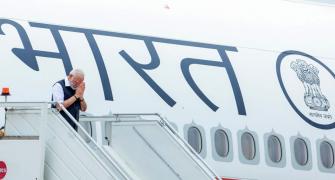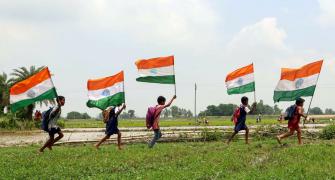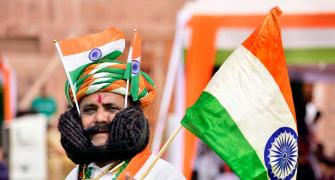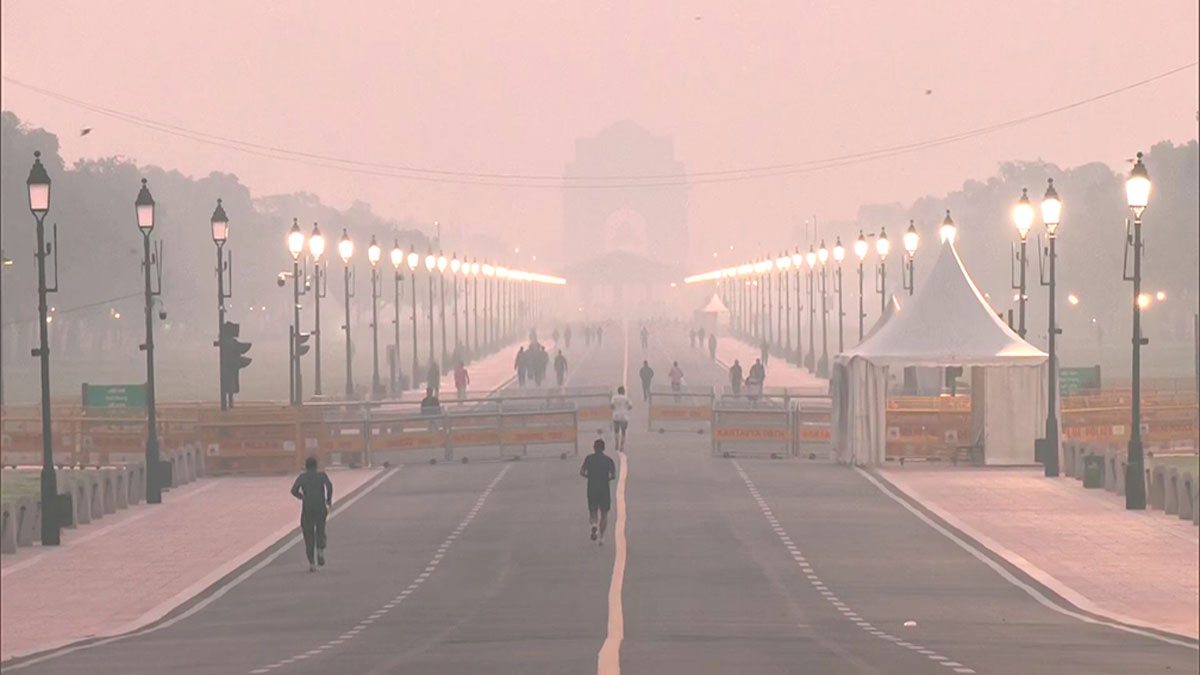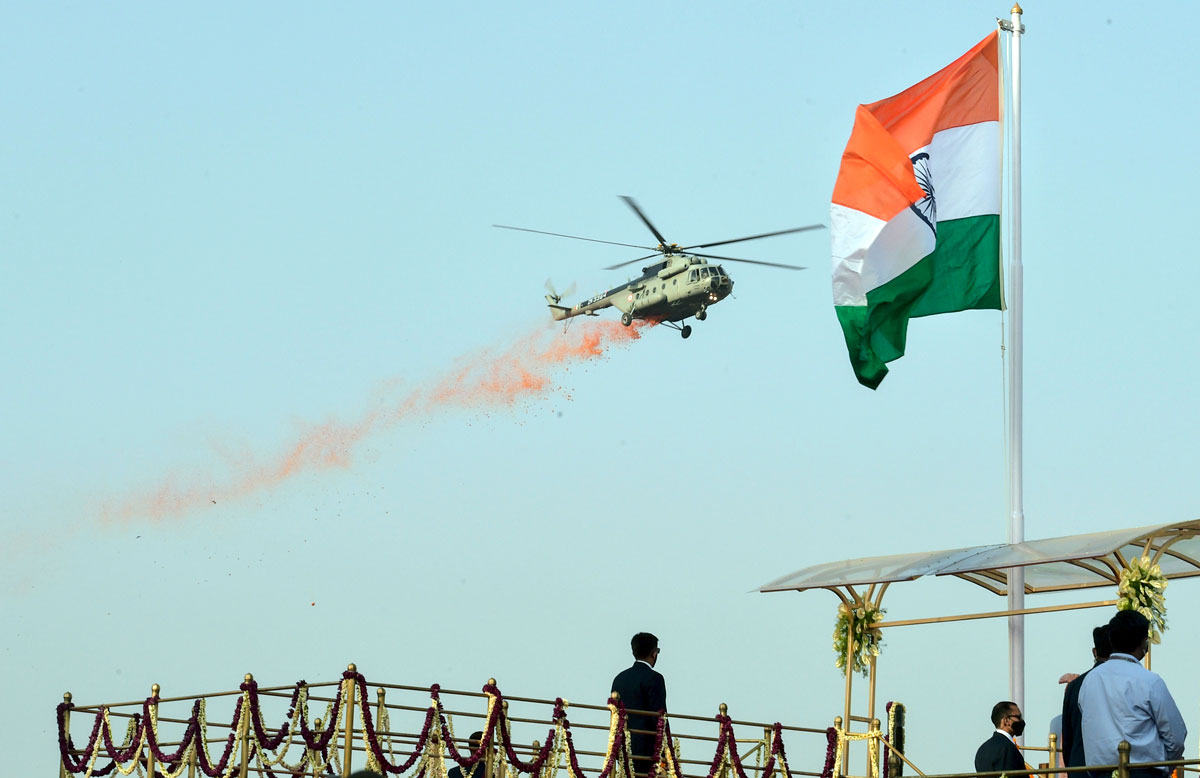Port Blair, the capital city of the Union Territory of Andaman and Nicobar Islands, has been renamed Sri Vijaya Puram, Union Home Minister Amit Shah announced on Friday.

Shah said the decision was taken to free the nation from colonial imprints as the Andaman and Nicobar Islands had an "unparalleled place" in the country's freedom struggle and history.
"Inspired by the vision of Prime Minister @narendramodi ji, to free the nation from the colonial imprints, today we have decided to rename Port Blair as 'Sri Vijaya Puram'," Shah said on X.
While the earlier name had a colonial legacy, Sri Vijaya Puram symbolises the victory achieved in India's freedom struggle and the Andaman and Nicobar Islands' unique role in it, the home minister said.
The Andaman and Nicobar Islands have an "unparalleled place" in the freedom struggle and history, and the island territory that once served as the naval base of the Chola Empire is now poised to be the critical base for India's strategic and development aspirations, he added.
"It is also the place that hosted the first unfurling of our Tiranga by Netaji Subhash Chandra Bose ji and also the cellular jail in which Veer Savarkar ji and other freedom fighters struggled for an independent nation," Shah said.
Being a Union Territory, the Andaman and Nicobar Islands come under the direct administrative control of the Union Ministry of Home Affairs.
The Andamans is world renowned for its pristine natural beauty, rich marine life, flora and fauna spread around 836 islands, islets and rocks.
The islands present picturesque views with rich culture and heritage.
The archipelago, located in the east of the Indian mainland geographically, floats in splendid isolation in the Bay of Bengal. Once a hill range extending from Myanmar to Indonesia, these picturesque undulating islands and islets are covered with dense rain-fed, damp and evergreen forests and endless varieties of exotic flora and fauna.
Most of these islands (550) are in the Andaman Group, 28 of which are inhabited. The smaller Nicobars comprise some 22 main islands (10 inhabited).
The Andaman and Nicobars are separated by the Ten Degree Channel, which is 150 kilometres wide, according to the Union Territory's tourism department.
The archipelago has been inhabited for several thousand years, at the very least.
Early archaeological evidence goes back some 2,200 years.
However, indications from genetic, cultural and linguistic isolation studies point to habitation going back 30,000 to 60,000 years, well into the Middle Palaeolithic, according to the tourism department.
In the Andaman Islands, the various Andamanese people maintained their separated existence through diversifying into distinct linguistic, cultural and territorial groups.
In the 1850s, the indigenous people of Andamans first came into contact with the outside world.
The local people are the Great Andamanese, who collectively represent at least 10 distinct sub groups and languages; the Jarawa: the jungle (or Rutland Jarawa); the Onge; and the Sentinelese (the most isolated of all the groups).
The indigenous people of the Nicobars (unrelated to the Andamanese) have a similarly isolated and lengthy association with the islands.
There are two main groups: the Nicobarese, or Nicobari living throughout many of the islands; and the Shompen, restricted to the interior of Great Nicobar.

